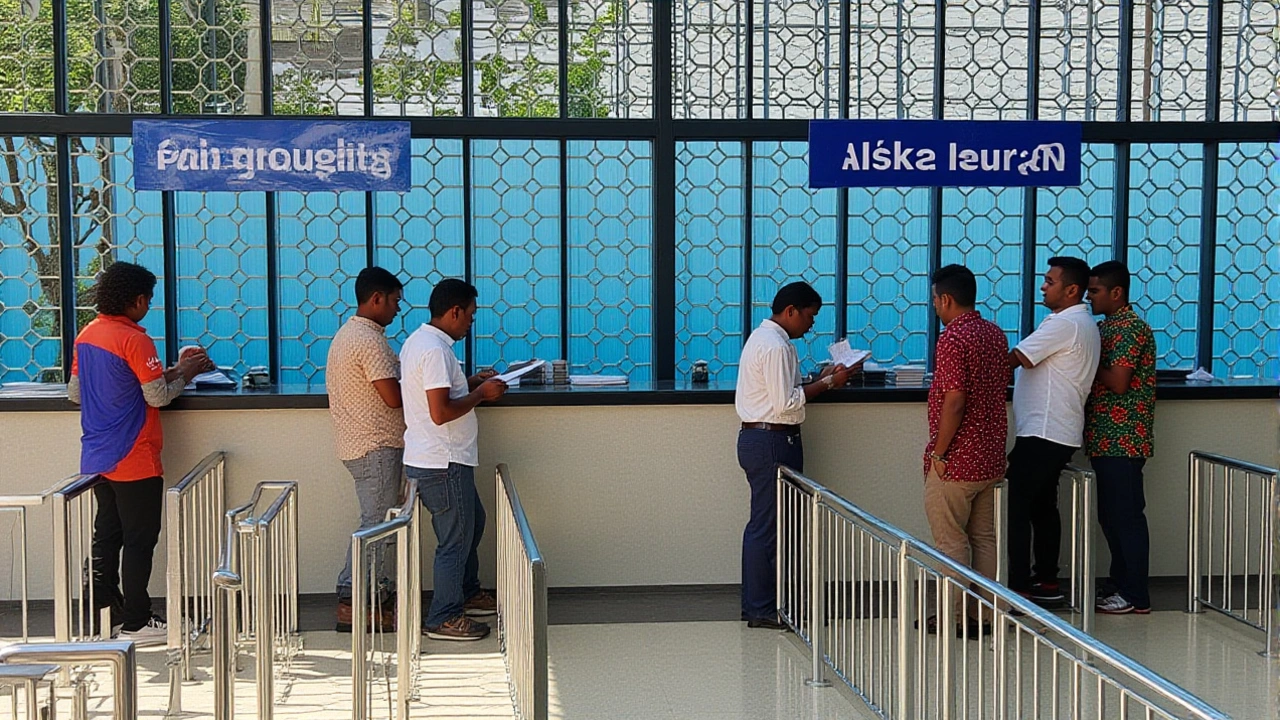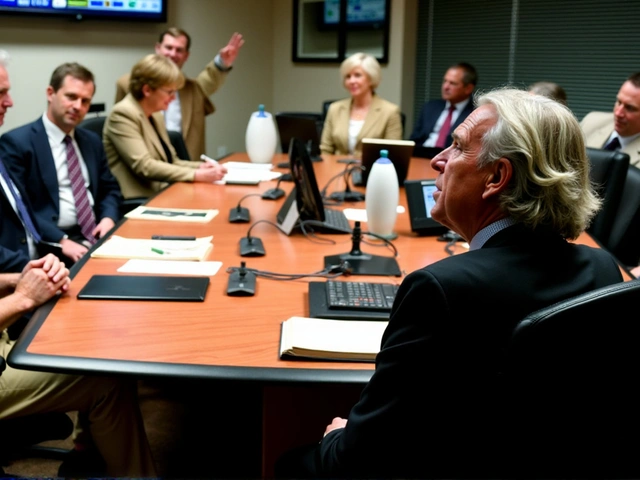TAZARA Railway: Connecting East Africa’s Trade Corridor
When you hear TAZARA railway, a 1,860‑kilometre line that runs from Dar es Salaam in Tanzania to the copper‑rich lands of Zambia, built in the 1970s to open a southern outlet for landlocked countries. Also known as Tanzania‑Zambia Railway, it serves as a backbone for freight, passenger travel, and cross‑border cooperation. If you’re curious about how the TAZARA railway shapes freight flows, you’re in the right spot. The line carries copper, timber, agricultural products, and even containers bound for Indian Ocean ports, making it a vital artery for both economies.
Why the TAZARA railway matters today
Understanding the rail’s impact means looking at the surrounding players. Tanzania, East Africa’s fastest‑growing economy with a strategic coastline and a push for industrialisation uses the railway to move inland goods to its ports, while Zambia, a landlocked mining hub that depends on reliable export routes for copper and cobalt relies on the line to keep its mines competitive. Both nations are part of the broader African rail network, a continent‑wide effort to link rail corridors, improve logistics and reduce transport costs. The TAZARA railway is a core segment of that network, connecting with newer projects like the Standard Gauge Railway in Kenya and the North‑South Corridor in Mozambique. In practice, the rail enables a direct, 1,000‑kilometre shortcut that cuts road haulage time by half and lowers fuel consumption, which matters for mining companies seeking cheaper export paths and for governments aiming to curb carbon emissions.
Key attributes of the TAZARA railway illustrate why investors and policymakers keep talking about it. Its length of 1,860 km makes it one of the longest single‑track lines in sub‑Saharan Africa. The gauge is 1,067 mm, matching many Southern African networks, which eases cross‑border rolling‑stock swaps. Since its hand‑over from Chinese construction teams, the railway has undergone several upgrades: new signalling, refurbished locomotives, and a recent $200 million refurbishment funded by a blend of public‑private partnerships. These upgrades translate into a higher axle load capacity – now up to 25 tons – allowing heavier freight cars for copper concentrates and bulk commodities. When you combine these technical specs with the economic pull of Tanzania’s port capacity (over 3 million TEU capacity projected by 2030) and Zambia’s mining output (averaging 1.2 million tonnes of copper annually), the rail’s strategic value becomes crystal clear.
Below you’ll find a curated set of stories that dig deeper into the TAZARA railway’s role in regional logistics, the latest infrastructure financing deals, and how the line helps power Africa’s growing trade corridors. Whether you’re tracking investment trends, looking for freight solutions, or just want a snapshot of how a single railway can reshape an entire region, the articles ahead have you covered.
China, Tanzania and Zambia seal a $1.4 B deal to revamp the TAZARA railway, aiming to boost copper exports and reshape regional trade routes.
Recent-posts
Jul, 28 2025
Jun, 17 2024






